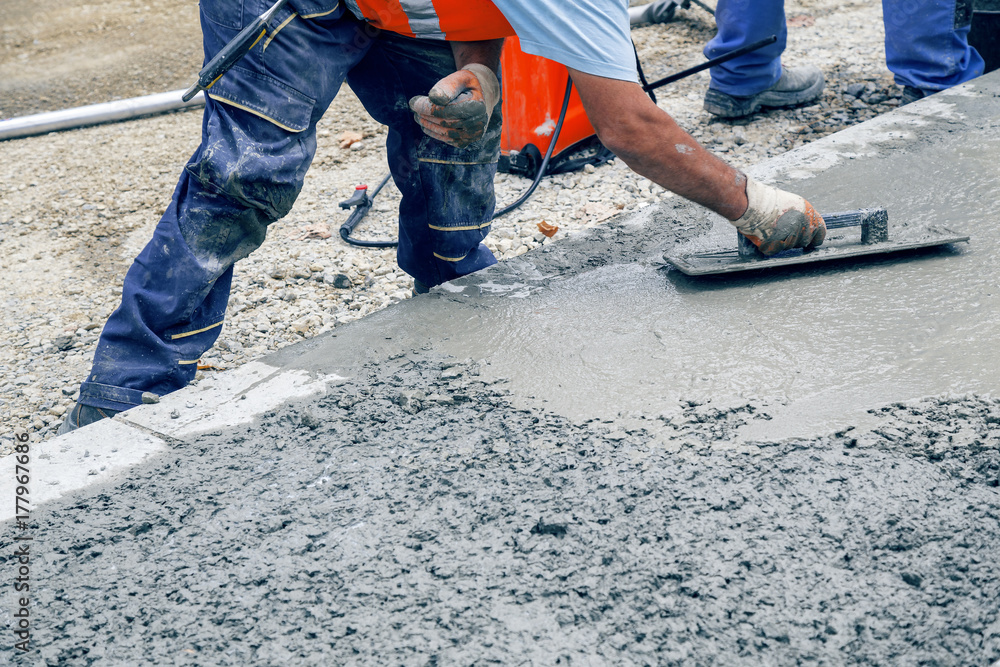If you are working on a construction project in Wiltshire there will come the point when you need to add a screed to the concrete flooring in order to have a flat and level surface upon which to lay the final floor surface, be that wood, tile, stone, carpet, or anything else.
There are two types of screed that you can use, either dry screed or liquid flowing screed. A dry screed is the type that has been used for years and consists of aggregates – usually sand – and cement, mixed in a ratio of 3 – 5 parts sand and one part cement.
A sand and cement screed in Wiltshire is mixed in a concrete mixer and then barrowed on to the subfloor where it is levelled out by a worker using a trowel. Today, it may also be delivered to site ready mixed with retardants included in order to keep it workable for the day. As you can imagine, levelling the screed out by hand is a time-consuming job.
The other type of screed is a liquid, or flowing, screed which uses dry calcium sulphate in place of cement, which converts to gypsum when mixed with water. This is also delivered ready mixed, but then poured into place using a pump and long hose. Because it is liquid, it levels itself out. All that is needed is to run over it with a dappling bar to remove air bubbles. As you can imagine, that saves a lot in the way of labour costs.
Despite that, some 75% of contracts still use sand and cement screed in Wiltshire, largely because it is a bit cheaper than liquid screed. It appears that many people fail to appreciate the many additional benefits of liquid screed, which is what we provide at UK Screeds.
SR1, SR2, And SR3
One benefit is that a liquid screed will achieve a much better level of flatness than a sand and cement screed laid by hand. There are measures known as SR1, SR2, and SR3. Laying by hand will never do better than SR3, whereas a liquid screed will always reach SR2 and often SR1. Add that to the saving on labour, and already a liquid screed is streets ahead on points.
Liquid screed can also be laid more thinly than sand and cement, so you don’t need so much material to start with. It dries much faster: you can walk on it in as little as 24 hours, which you can’t do with sand and cement, so the drying time does not affect other trades working on the project.
There are even more benefits when installing underfloor heating, as the thermal conductivity is nearly twice that of sand and cement. That saves on energy bills because the room heats up much faster.
Those are just some of the reasons to choose liquid screeds instead of old-fashioned sand and cement!








